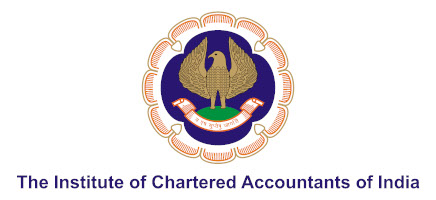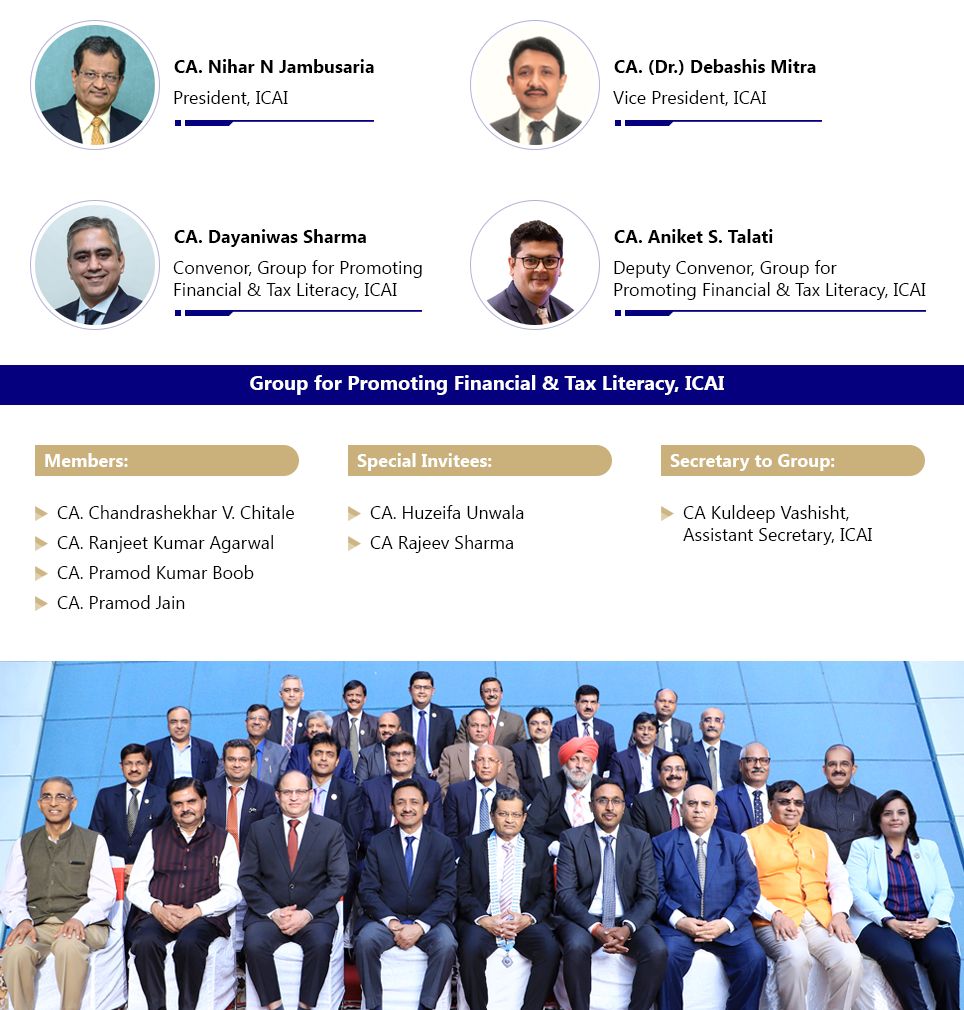You repay the loan in Equated Monthly Installments (EMIs) comprising both principal and interest. Repayment by way of EMI starts from the month following the month in which you take full disbursement. (For understanding how EMI is calculated, please see annex).
FAQ Category: Banking system & loans schemes under govt
What documents are generally sought for a loan approval?
In addition to all legal documents relating to the house being bought, banks will also ask you to submit Identity and Residence Proof, latest salary slip (authenticated by the employer and self-attested for employees) and Form 16 (for business persons/ self-employed) and last 6 months bank statements / Balance Sheet, as applicable . You also need to submit the completed application form along with your photograph. Loan applications form would give a checklist of documents to be attached with the application.
Do not be in a hurry to seal the deal quickly.
Please do discuss and seek more information on any waivers in terms and conditions provided by the commercial bank in this regard. For example, some banks insist on submission of Life Insurance Policies of the borrower / guarantor equal to the loan amount assigned in favour of the commercial bank. There are usually amount ceilings for this condition which can also be waived by appropriate authority. Please read the fine print of the bank’s scheme carefully and seek clarifications.
What are the different interest rate options offered by banks?
Banks generally offer either of the following loan options: Floating Rate Home Loans and Fixed Rate Home Loans. For a Fixed Rate Loan, the rate of interest is fixed either for the entire tenure of the loan or a certain part of the tenure of the loan. In case of a pure fixed loan, the EMI due to the bank remains constant. If a bank offers a Loan which is fixed only for a certain period of the tenure of the loan, please try to elicit information from the bank whether the rates may be raised after the period (reset clause). You may try to negotiate a lock-in that should include the rate that you have agreed upon initially and the period the lock-in lasts.
Hence, the EMI of a fixed rate loan is known in advance. This is the cash outflow that can be planned for at the outset of the loan. If the inflation and the interest rate in the economy move up over the years, a fixed EMI is attractively stagnant and is easier to plan for. However, if you have fixed EMI, any reduction in interest rates in the market, will not benefit you.
Various Loan Schemes under Government
What are the various loan schemes launched by Indian government?
Some of the most significant Government loan schemes for small businesses in India are:
- MUDRA Loan under Pradhan Mantri Mudra Yojana – Shopkeepers, traders, artisans, fruit/ vegetable vendors, small industries are eligible to avail a MUDRA loan ranging from Rs. 50,000 to Rs. 10 lakhs.
- MSME Loan in 59 Minutes– Shopkeepers, traders, artisans, fruit/ vegetable vendors, small industries are eligible to avail a MUDRA loan ranging from Rs. 50,000 to Rs. 10 lakhs.
- Kisan Credit Card (KCC) Scheme provides instant and short-term credit to farmers to meet their crop production as well as post-harvest expenses.
Few of the other Important Schemes are:
- Pradhan Mantri Jan Dhan Yojana (PMJDY)- Under this scheme a person not having a savings account can open an account without any minimum balance.
- From Jan Dhan to Jan Suraksha – For creating a universal social security system for Indian Citizens in the Insurance and Pension sectors, the Hon’ble Prime Minister launched this scheme especially for the poor and the under-privileged citizens.
- Pradhan Mantri Jeevan Jyoti Bima Yojana (PMJJBY)- is for the age group of 18 to 50 years having a bank account. This scheme is offered by the Life Insurance Corporation.
- Pradhan Mantri Suraksha Bima Yojana (PMSBY)- is for the age group of age group 18 to 70 years with a bank account. The scheme is being offered by Public Sector General Insurance Companies or any other General Insurance Company.
- Atal Pension Yojana (APY)- is for all saving bank or post office saving bank account holders in the age group of 18 to 40 years and the contribution is based on pension amount chosen.
- Pradhan Mantri Mudra Yojana- These schemes are for increasing the confidence of young, educated, or skilled workers. This scheme offers a loan of Rs. 50,000 given under sub-scheme ‘Shishu’ to 5.0 Lakhs under sub-scheme ‘Kishore’.
- Stand Up India Scheme- Under this Scheme bank loans between Rs.10 lakh and Rs.1 crore is given to at least one Scheduled Caste/ Scheduled Tribe borrower and at least one-Woman borrower per bank branch for setting up greenfield enterprises.
- Pradhan Mantri Vaya Vandana Yojana- This Yojana is to protect elderly persons aged 60 years and above to provide social security during old age due to uncertain conditions.

